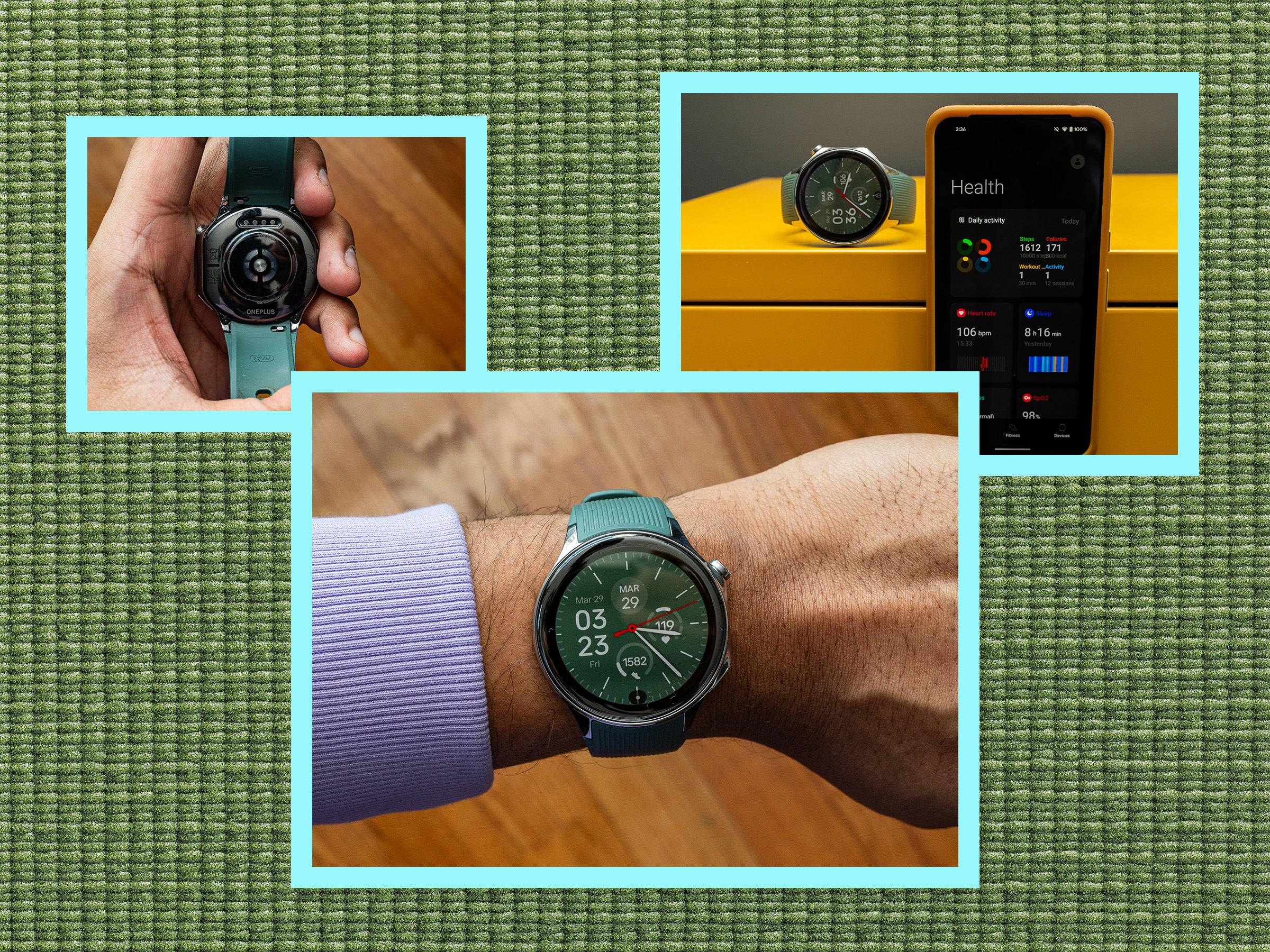I lost the capability to play with standard console controllers in 2019. Due to the progressive nature of my physical disability, my hands can no longer comfortably press buttons or move sticks unless a device is placed in a very specific position on a flat surface. And with the ergonomic nature of a DualSense controller, I had yet to play a PlayStation 5 game because of this issue. Now, with the release of the PlayStation Access Controller, I can finally enjoy Sony’s exclusive games again – albeit not without some frustration and discomfort.
The Access Controller is PlayStation’s answer to accessible hardware. While their studios continuously innovate with inclusive designs and accessible features, the lack of hardware was noticeable, especially considering the release of the Xbox Adaptive Controller in 2018. And now with its release, it proves that there is no singular solution for the disabled experience, especially in gaming.
Inclusive Software
Before exploring the design and physical features of the Access Controller, it’s important to evaluate what makes this device successful: excellent software. For starters, every button is customizable, not only with its placement, but also its functionality. Even though every console offers the capability to reassign button mapping, here you can customize if pushing a button is treated as a single press and release or a hold. Traditionally, you would need to search a game’s options menu hoping to find a setting that enables toggles for actions like aiming, sprinting, or crouching. Now, you can simply assign button 1 as ‘R1’ and select a setting to have the controller behave as if ‘R1’ is being held until pressed again. This feature, by itself, is revolutionary with accessible hardware because it means we no longer have to implore developers to include that option or patch it into older games. Should these settings always be included in games? Absolutely. But they are no longer inaccessible without them.

Beyond activating toggles, the Access Controller software lets you choose the orientation of the control stick. Customization and personalization are key, especially when creating devices for a disabled audience with individualistic needs based on their disabilities. The Access Controller requires you to choose the position of the stick via turning the controller – facing upwards, left, right, or downwards – before enabling control customization. The positioning can be changed at any time, but I chose to have the control stick facing downwards, allowing me to comfortably rest my hand on the edge of my table. Further, two Access Controllers can be paired with the PS5 simultaneously and function as one, meaning it’s possible to have two separate stick placements. For many physically disabled players, the placement of controls is just as crucial as the strength required to press buttons, and this setting adds even more necessary customization.
Finally, the Access Controller enables the use of three distinct profiles, each with their own custom button assignments and toggles. While this feature is not new (both Xbox and Nintendo allow for multiple control customization profiles) the Access Controller implements it smoothly and lets you seamlessly switch with the press of a button. Currently, I have profiles established for less complex games like turn-based RPGs, button-heavy games like Spider-Man 2, and a standard profile I use when trying out a new game for the first time. It’s a feature that allows me to comfortably switch between multiple games per session without needing to reconfigure and memorize new button combinations with each game. The profile button is one of my favorite features, but it also highlights my biggest criticism of the Access Controller.
Inaccessible Design
From a software perspective, the Access Controller is an accessibility achievement. From a physical design examination, it’s a perplexing conundrum that often leaves me physically exhausted after playing for hours. As mentioned above, the ability to switch between profiles is incredible, but the strength required to press the button to do so is beyond what I can physically accomplish. Located on the side of the joystick, the profile button is egregiously small, and requires such force that I cannot switch profiles without the assistance of others. Every time I try a new game and wish to change my current control layout, I need to find someone to press the button for me. It severely hinders the independence of physically disabled players by requiring others for something as simple as a button press. And unfortunately, the strength required to push the button is not exclusive to this specific one.

Eight of the nine main buttons of the Access Controller can be difficult to press, especially depending on which of the four button caps are placed onto the controller. When playing straight out of the box, the primary button caps are curved, hill-like domes which were automatically too difficult for me to use. Fortunately, the box contains three other cap types – a flat button with a slight decline, a thicker button with an upward curve, and an angled cap which hangs over the central black button. After switching caps to some of the above, it was far easier for me to use the device, but the Access Controller box only contains approximately four of each of the other cap types. Anybody who needs more than what is offered will be required to purchase another controller – a $89.99 expense – because the button caps are not offered for sale separately. Thankfully I was able to successfully use a mixture of different caps to play, but even so I was only able to use a limited amount of buttons because I can’t use the entirety of the controller.
The Access Controller’s shape poses the biggest barrier. Its circular design is not accessible for disabled players like me with smaller hands, atrophied hands, or limited reach. Of the nine available buttons, I only have access to four. And because it’s a circle, no matter which direction I place the controller, the issue remains. This problem can be mitigated with software capabilities, like using a DualSense alongside the Access Controller – a similar feature to Xbox’s Copilot. This is my preferred setup, and one which is the most comfortable, but I still lose access to five buttons.
A standard DualSense contains 15 buttons (counting the touchpad and two sticks); even with two controllers combined, I can only use eight of the 15, meaning I am constantly needing to reconfigure controls, especially if a game requires complex inputs.

While it’s even possible to pair two Access Controllers with a DualSense, if an individual cannot move their hands across one Access Controller, two is simply out of the question.

To compensate for a physically disabled player’s inability to reach any of the buttons, the controller includes four standard 3.5mm ports located directly across from the joystick. While this number seems small in comparison to the Xbox Adaptive Controller’s 19, the Access Controller is, well, a controller, whereas the XAC is a fully customizable hub.

I was able to place some of my existing adaptive equipment into these ports, namely leftover switches from my Logitech Adaptive Gaming Kit, currently available for $99.99. Despite PlayStation launching its own Adaptive Gaming Kit in partnership with Logitech next month for $79.99, there’s no need to wait until January to purchase extra buttons and switches. This solution works, but I wish the Access Controller featured more inputs for modifications.

The physical design and accompanying equipment do have some benefits. The Access Controller includes three joysticks – a large ball like a wheelchair joystick, a small cap like a Nintendo Switch Joy-Con, and a ridged stick that mirrors what is traditionally found on most console controllers. Combine that with software settings that allow you to freely adjust the sensitivity, and I never became exhausted from using the stick – my preferred choice is the standard ridged option. And there is even a singular button cap that falls across two buttons for easier access, and can be used with software options that combine a single button into two.






